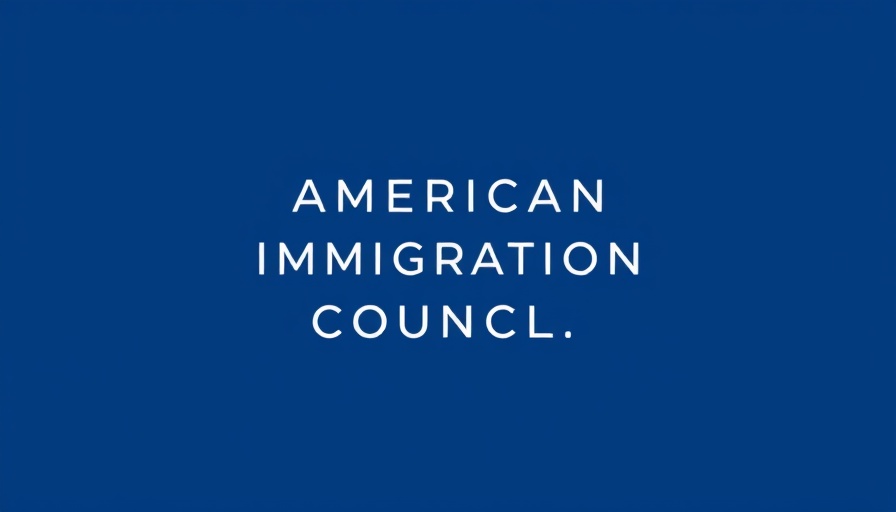
Understanding Recent Developments in U.S. Immigration Policy
As the landscape of U.S. immigration continues to evolve, recent court decisions and policy changes are poised to impact businesses and their foreign employees profoundly. The Supreme Court's recent ruling limiting the scope of federal injunctions marks a significant moment in the ongoing discourse surrounding immigration and citizenship rights.
Supreme Court Decision: Effects on Immigration Policy
On June 27, 2025, the Supreme Court ruled that lower courts could only apply injunctions to the individual plaintiffs in cases rather than imposing nationwide restrictions. This decision supports the administration's efforts to enact policies, such as President Trump’s Executive Order that seeks to limit birthright citizenship for children born in the U.S.
Although the Court has not yet determined the constitutionality of this executive action, it affirmed that children born in the U.S. before July 28, 2025, will remain recognized as citizens. In this context, businesses must remain vigilant, as these changes may accelerate immigration policy adjustments.
DHS Revocation of Employment Authorization Documents
In another significant shift announced on June 20, 2025, the Department of Homeland Security (DHS) began revoking Employment Authorization Documents (EADs) from individuals whose parole has been terminated, particularly affecting those from Cuba, Haiti, Nicaragua, and Venezuela. This action underscores the urgency for employers to stay compliant with immigration regulations and adjust their workforce strategies accordingly.
Employers can utilize the newly available E-Verify Status Change Report, which provides substantial details about revoked EADs to ensure compliance with Form I-9 regulations. This proactive measure is vital for businesses employing foreign workers as they navigate these turbulent policy waters.
Middle East Tensions Impacting Visa Processing
The recent geopolitical instability in the Middle East has also disrupted U.S. visa processes significantly. The evacuation of non-essential consulate staff, particularly in Iran, has led to widespread delays in visa processing. Although F, M, and J visa interviews have been authorized under new vetting regulations, the current security situation may complicate timely processing.
OFLC Update: New Professional Occupations List
In a further development, the Office of Foreign Labor Certification (OFLC) published an updated list of professional occupations necessary for compliance with Permanent Employment Certification (PERM) requirements as of July 1, 2025. This annual update provides clarity for employers regarding recruitment standards and distinguishes professional roles from non-professional ones.
In conclusion, navigating these intricate developments requires not only awareness but also adaptability. Business lenders, banks, and credit providers must remain informed about these updates to effectively support their clients in adapting to the changing immigration landscape.
 Add Row
Add Row  Add
Add 




Write A Comment